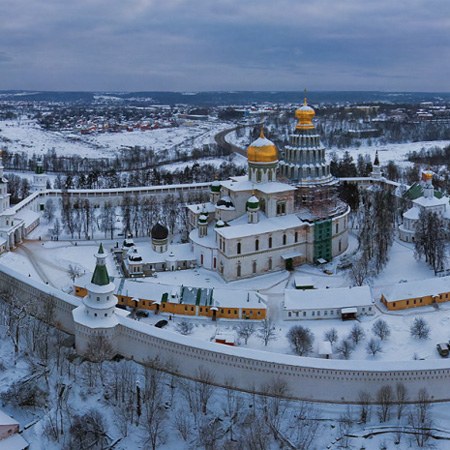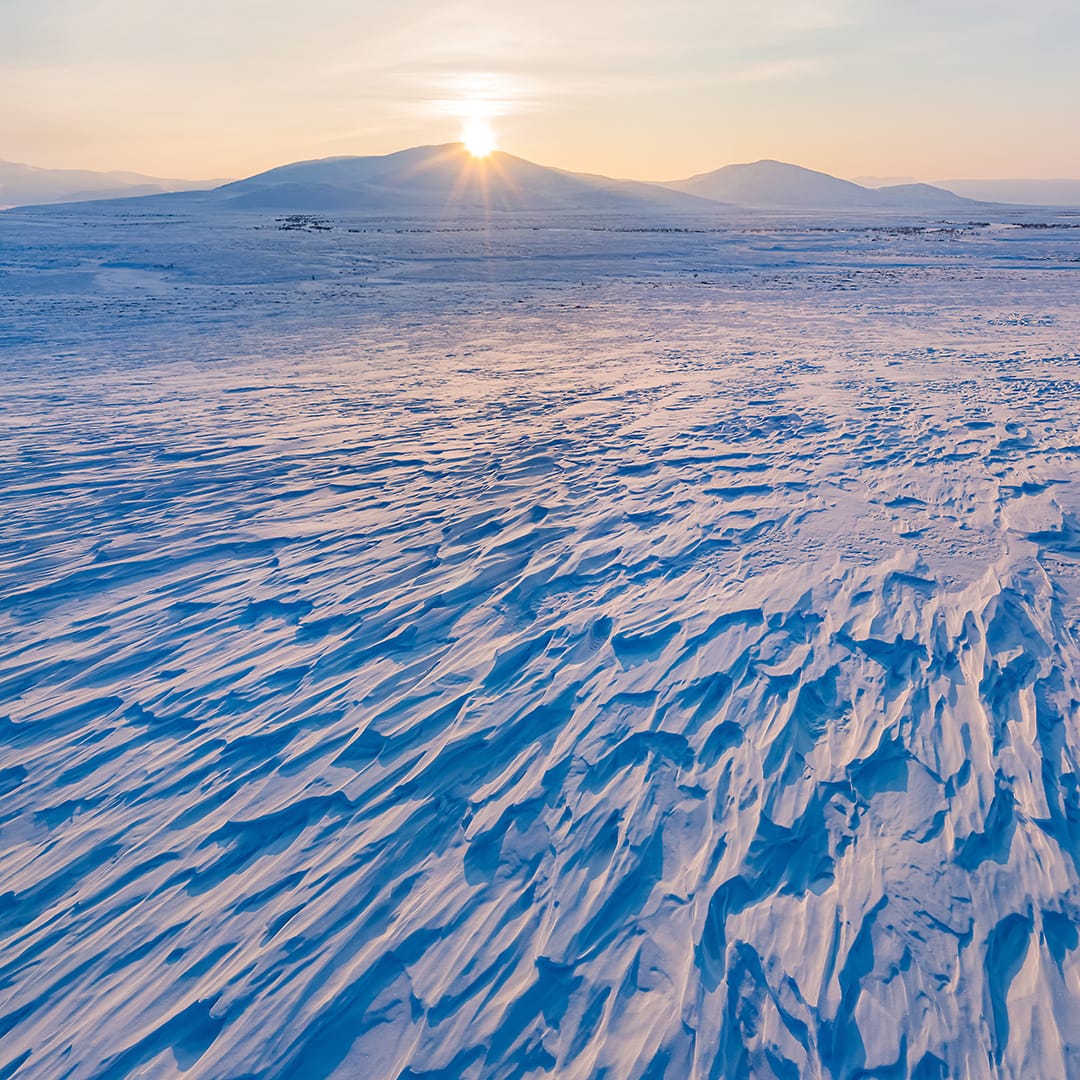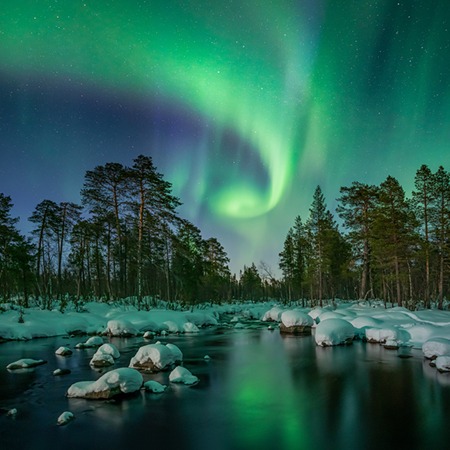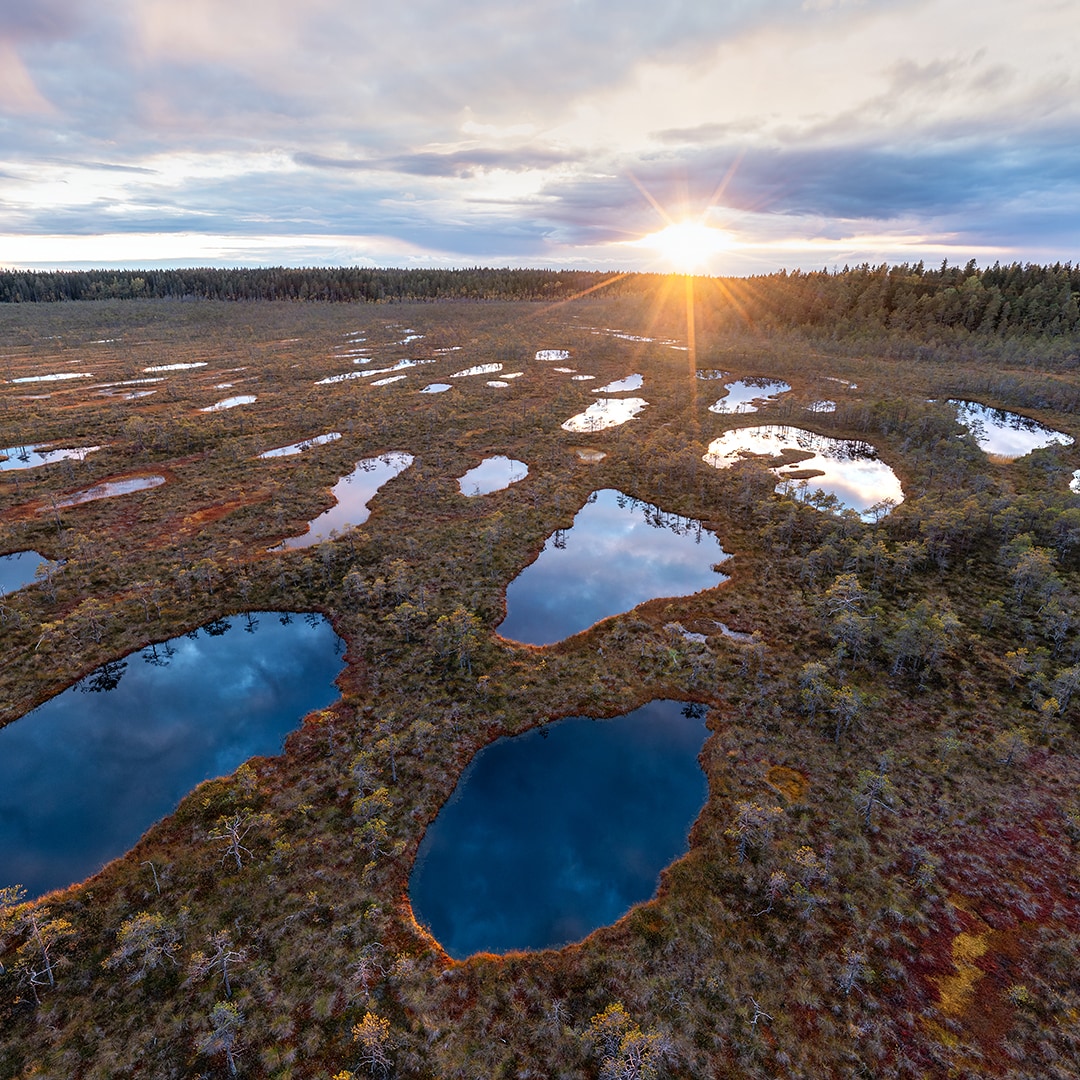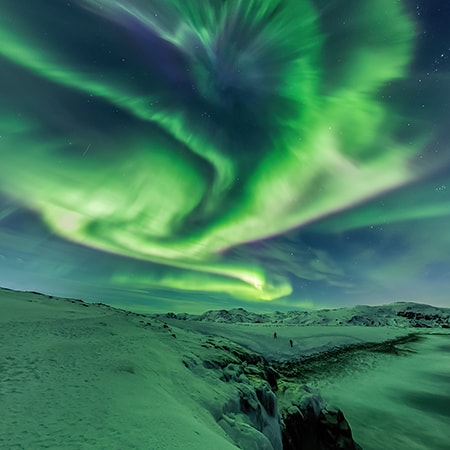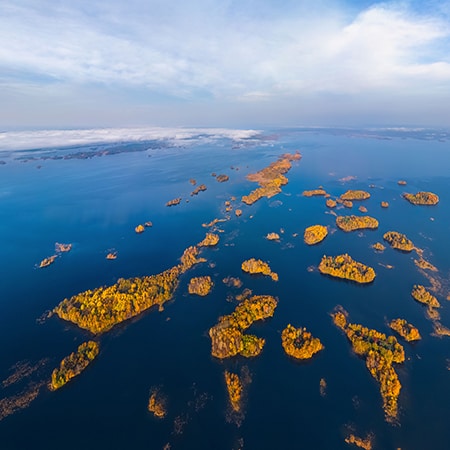New Jerusalem Monastery, Russia
In the 17th century, a little town located just 50 kilometers from Moscow suddenly became a stronghold of the spiritual and geographical revolution: it was supposed to become the new Holy Land of the Christians, with an exact replica of The Church of the Holy Sepulchre, its topography and relics. This is how the local hills gained their names: Mount Zion, Mount Tabor, and the Mount of Olives. In addition, the Istra River was renamed the Jordan River. These were the only similarities to the Holy Land — the brutal Russian climate remained unchanged, and the little settlement near Moscow named "New Jerusalem" couldn't become the center of Orthodox Christianity.
The famous Patriarch Nikon of Moscow, an unusual person who, although being greatly misunderstood by contemporaries, played a huge role in the history of Russia. In fact, he was the author and initiator of the already mentioned changes. Among Nikon's schismatic ideas were the church reforms that permanently divided the country, giving rise to the Old Believers movement.

Patriarch Nikon was actively involved not only in the religious but also social life of the country, trying to interfere with government affairs. Alas, he crossed the line in this sphere, just as he did with the church. As a result, he was evicted from Moscow and then settled down in New Jerusalem, placing the construction of the Resurrection Cathedral under his personal supervision.
We have to give credit to the scale of the idea. The Resurrection Cathedral was supposed to visually represent the leadership of Russia in the world of Orthodox Christianity. The Patriarch ordered architects to copy the Palestinian Cathedral and, at the same time, gave them room for creativity. For example, there was the idea of building a temple with 365 chapels representing each day of the year! However, this particular idea was turned down during the construction. Nevertheless, the cathedral, decorated with hand-painted tiles and white-stone carvings, turned out to be rather whimsical. The domes of the underground church rose up from the ground level in front of the main section — the Resurrection Cathedral was crowned with a mighty dome that rests on the cross-shaped foundation; and further behind them, there was a huge stone-tented roof over the Holy Sepulchre Chapel. The tent was so big that the architects couldn't secure it well enough, and so in 1723 it collapsed.

After the two fires that followed the first incident, the cathedral underwent a major restoration, which was supervised by architect K. Blank, who implemented the design from the famous Francesco Bartolomeo Rastrelli. By the 20th century a number of additional structures appeared in the monastery. However, in 1941 most of the buildings were damaged due to the war, and many architectural monuments were completely destroyed. Some of them were rebuilt, except for the main architectural piece — the gigantic seven-tier belfry.

Today the New Jerusalem monastery shares a ground with the art museum that is also located on its territory. The city of Istra (former Voskresensk) has always been in the shadows, silently growing around the monastery. Like the monastery, during World War II, the city was occupied and then completely destroyed during the retreat of the enemy troops. After the war, architect A. V. Schusev designed a master plan that would turn the city of Istra into a large recreational center; but industrial and scientific research fields began to develop here instead. This is why, aside for the New Jerusalem Monastery, the main "landmarks" of Istra are a baby food factory, furniture and textile factories, as well as tile, brick, and other plants.
Earlier we have published photo panoramas of the New Jerusalem Monastery. Now we present a 360° video of it.
Authors of the video: Sergey Shandin, Sergey Semenov and Nickolay Denisov
12 July 2016
Read more
 New Jerusalem Monastery #5
New Jerusalem Monastery #5
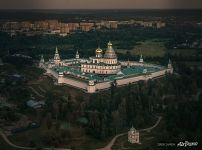 New Jerusalem Monastery #10
New Jerusalem Monastery #10
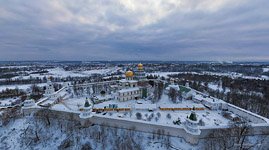 New Jerusalem Monastery #3
New Jerusalem Monastery #3
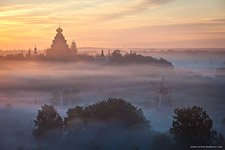 New Jerusalem Monastery #6
New Jerusalem Monastery #6
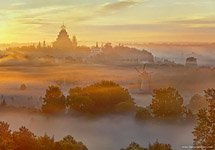 New Jerusalem Monastery #4
New Jerusalem Monastery #4
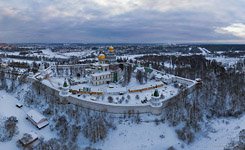 New Jerusalem Monastery #2
New Jerusalem Monastery #2
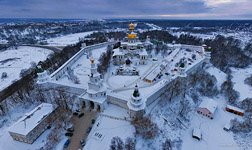 New Jerusalem Monastery #1
New Jerusalem Monastery #1
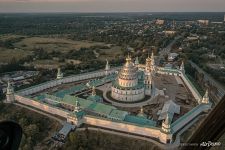 New Jerusalem Monastery #9
New Jerusalem Monastery #9
 New Jerusalem Monastery #7
New Jerusalem Monastery #7
 New Jerusalem Monastery #8
New Jerusalem Monastery #8
Virtual Travels in 360°
 Socotra Island, Yemen. Part I
Socotra Island, Yemen. Part I
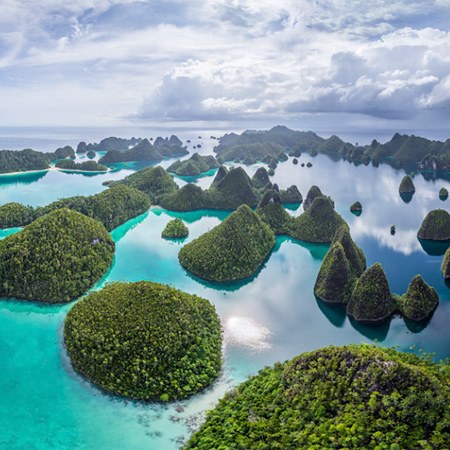 Wayag Island, Raja Ampat, Indonesia
Wayag Island, Raja Ampat, Indonesia
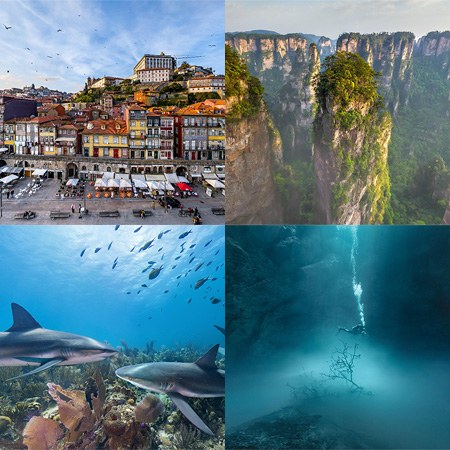 The best panoramas made by AirPano in 2016
The best panoramas made by AirPano in 2016
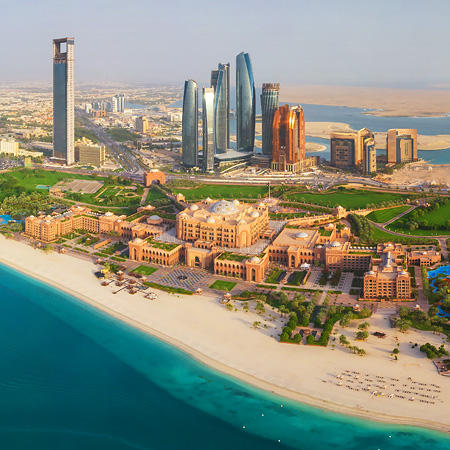 Emirates Palace Hotel, Abu Dhabi, UAE
Emirates Palace Hotel, Abu Dhabi, UAE
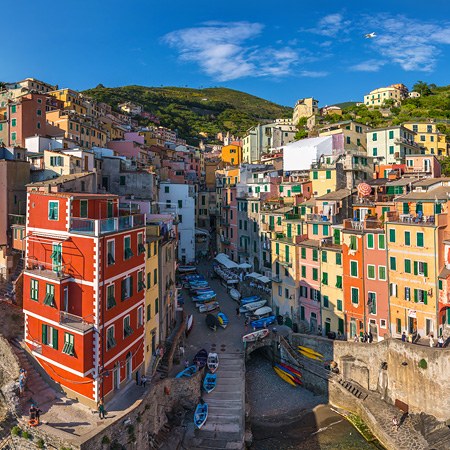 Riomaggiore, Cinque Terre, Italy
Riomaggiore, Cinque Terre, Italy
 Taj Mahal, the Perl of India
Taj Mahal, the Perl of India
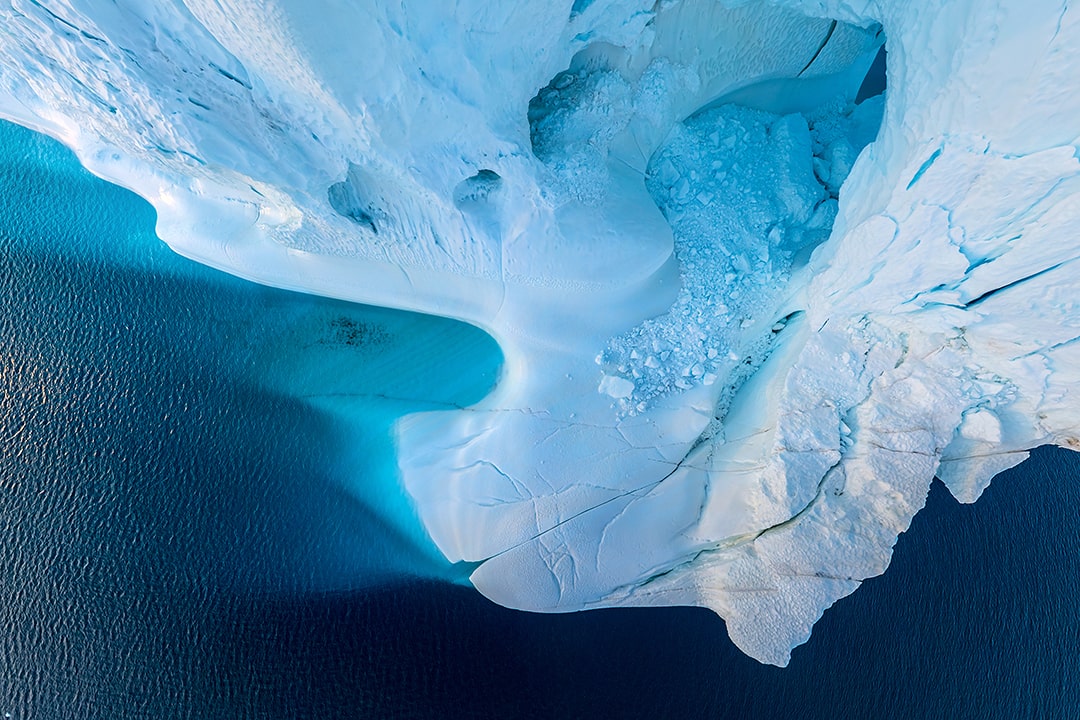 Greenland, Land of Ice. Trailer.
Greenland, Land of Ice. Trailer.
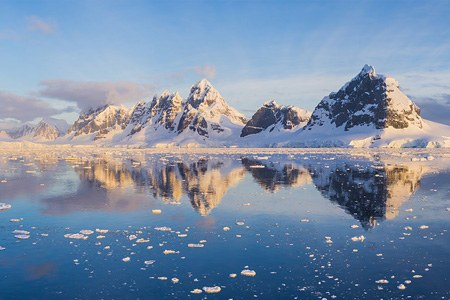 Antarctica, Part I
Antarctica, Part I
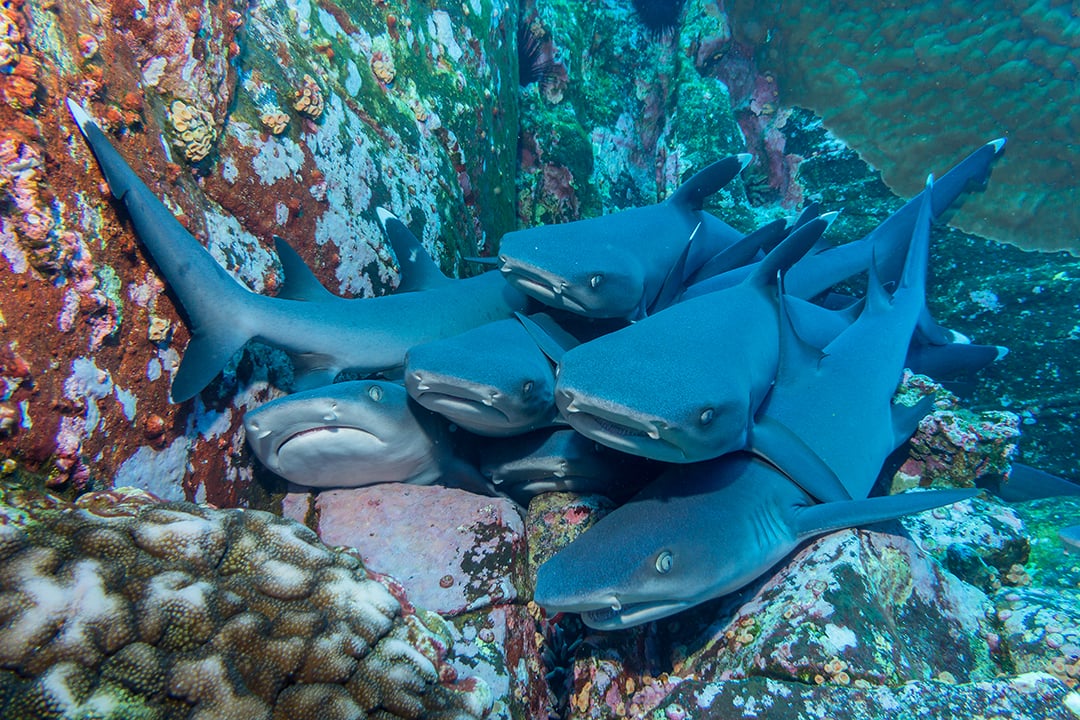 Alimatha, Maldives, diving with Nurse Sharks
Alimatha, Maldives, diving with Nurse Sharks
 Ancient town of Fenghuang, China
Ancient town of Fenghuang, China
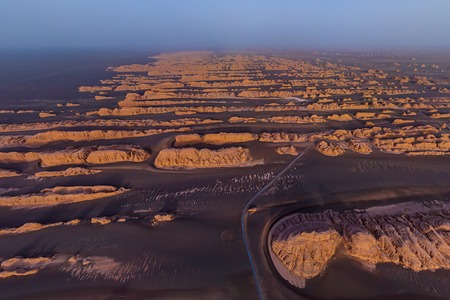 Dunhuang Yardang National Geopark, China
Dunhuang Yardang National Geopark, China
Show more




